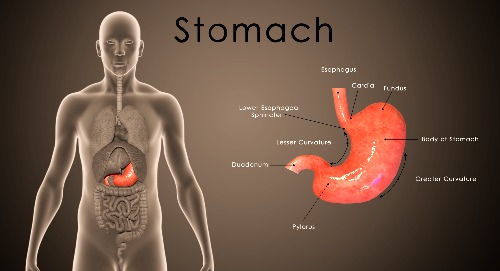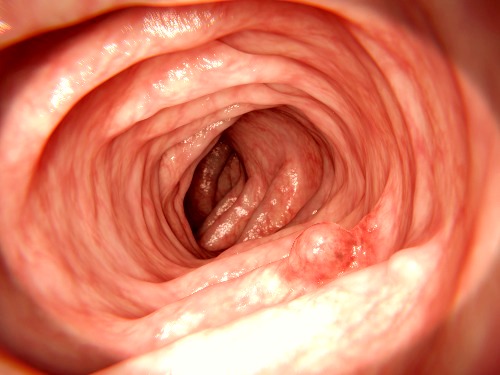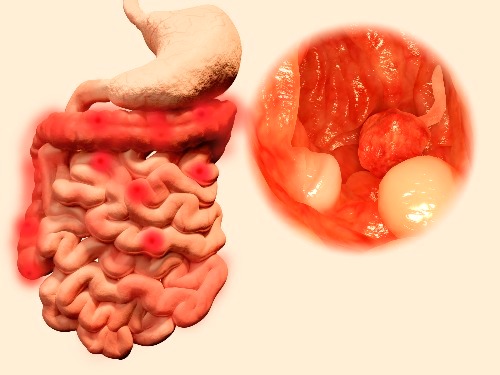Diseases of gallstones -Strong sensitivity to gluten-Severe gastric diseases
- Oren Zarif

- Apr 6, 2022
- 3 min read
Updated: Jul 21, 2024
Symptoms of gallstones
If you have gallstones, you may be wondering what symptoms you may be suffering from. Some are very mild and pass after a few hours, while others are severe.
How the Body Digests Food
How the Body Digests Food
The digestive system contains millions of microscopic finger-like projections called villi (pronounced "vih-lie") that allow food to be broken down and absorbed into the blood. This blood then carries these nutrients throughout the body. The body's other major organs play an important role in the process of digestion, including the pancreas and liver, located beneath the stomach and ribcage. The function of each organ is vital for the proper functioning of the digestive system.
Abnormalities of digestive system
The movement of food through the digestive tract is aided by the contraction of muscles in the stomach and intestines, called peristalsis. Mucus, a thick jelly-like substance, helps coat the lining of the organs and makes stool pass through the large intestine. Abnormalities of the digestive system, such as a rupture of the anus or a blocked duct, can cause pain, diarrhea, or other symptoms.
Pancreas
The pancreas produces enzymes for digestion. These enzymes are secreted into the small intestine, where they work as catalysts to break down carbohydrates, proteins, and fats. When the pancreas isn't producing enough enzymes, the body doesn't digest foods properly. This results in nutritional deficiencies and malabsorption problems. In many cases, pancreatic enzymes are deficient, but medications and dietary changes can help manage the symptoms.
Raffinose
A type of polysaccharide, raffinose is difficult for the body to digest. This sugar is made up of three or more b-linked saccharides and can be found in cruciferous vegetables, beans, and whole grains. The human digestive tract does not have an enzyme that can break raffinose down, so it passes to the large intestine undigested.
Esophageal peristalsis
A process called esophageal peristalsis moves food through the digestive tract. The process is a coordinated wave of muscular contractions that moves the food down the tube. The food is then further digested by peristaltic waves initiated from particles that remain after swallowing. Each peristaltic wave travels the entire length of the tube in about nine seconds. Compared to most mammals, humans' peristaltic waves are weak. However, the process is reversed in cud-chewing animals.
Gastroparesis
People with gastroparesis often struggle to eat when out of the house. Foods tend to sit in the stomach for hours after eating. This can make it difficult to enjoy eating, as you may end up feeling full before you even finish a meal. People with gastroparesis may also hear comments from others about how they do not gain weight, or how they do not overeat. Fortunately, there are several ways to control the condition and avoid complications that may occur from gastrointestinal problems.
Crohn's disease
In a typical Crohn's disease diagnosis, a doctor will first make a full medical history, noting any family history of the disease, the presence of appendicitis, and the patient's height, weight, and sex. They will also perform a digital rectal examination, as well as an abdominal exam. A doctor will also evaluate the patient's eyes, joints, and skin, and check for any extraintestinal symptoms.
Celiac disease
Children with celiac disease may experience typical gastrointestinal irritations, such as abdominal pain, nausea, and vomiting. The disease may lead to malnutrition and failure to thrive, as symptoms often include weight loss. Children may also experience extraintestinal symptoms, such as dermatitis herpetiformis, chronic headaches, and recurrent fatigue. The disease is difficult to diagnose and the only treatment is to stop eating gluten.
Insufficient production of digestive enzymes
The body needs digestive enzymes to break down foods and absorb the nutrients in them. Insufficient production of these enzymes can lead to a variety of digestive problems, including bloating, constipation, and undigested food in stools. It can also cause nutrient deficiencies because enzymes break down food and increase their bioavailability. However, not all enzymes are produced equally in the body. Here are some common enzyme deficiency symptoms and what they mean for your health.
בעיות עיכול מזון
כיס המרה
.png)







































































Comments